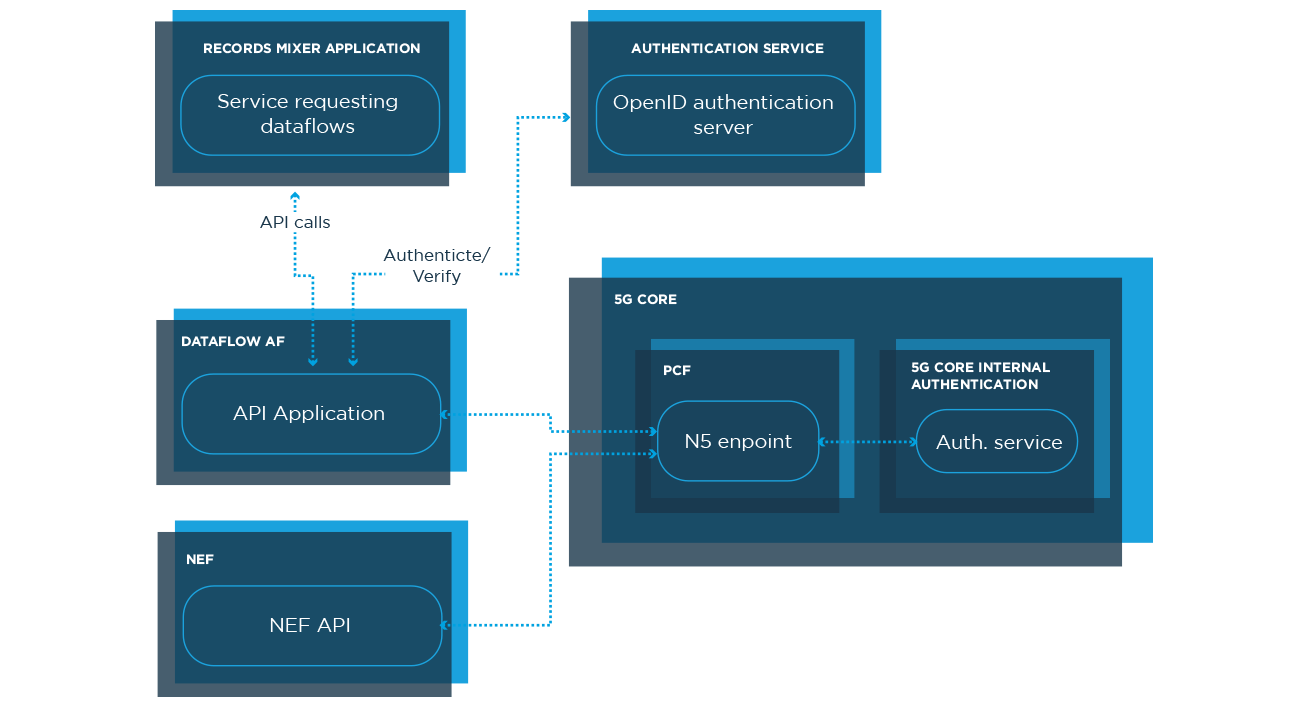Abstract
Time-Sensitive Networks (TSN) require specific features to meet industrial demands. TSN, based on IEEE standards, relies on Layer 2 connectivity, and while VPNs are an option, 5GLAN offers easier usability and multivendor compatibility.
To ensure reliable connections, Quality of Service (QoS) management differentiates service levels between data flows and enables guaranteed Service Level Agreements (SLAs). Cumucore’s solution introduces Quality of Demand (QoD) technology, enabling dynamic profiles and resource optimization for seamless, ultra-reliable mobile communication. Open APIs integrate 5G Standalone (SA) networks with existing TSN infrastructures, paving the way for automation and efficiency.
Introduction
Society’s shift toward automation in manufacturing, transport, and logistics demands highly reliable networks. Examples include:
- Mines
- Ports
- Warehouses
- Factories
Network reliability, measured by packet error rate, is critical. The target packet error rate must be extremely low (e.g., 10^-10), with strict technical requirements for latency, jitter, and packet loss. For instance, consecutive packet losses can halt machine operations. Networks must accommodate worst-case scenarios with:
- Clean frequencies
- Strong radio coverage
- Cost-effectiveness
- Vendor interoperability
Cumucore’s Private Mobile Networks (PMN), aligned with 3GPP standards for Non-Public Networks (NPN), deliver ultra-reliable communication tailored for industrial needs.
Key Challenges in Network Management
Mobile networks face unique challenges compared to fixed networks:
- Capacity Management: Fixed networks manage limited, predefined ports, making capacity calculations straightforward. Mobile networks, however, require dynamic management due to:
- Constantly moving devices.
- Variability in radio frequency environments.
- QoS Management: Differentiating data packets using QoS classes ensures predictable service. Cumucore’s QoD optimizes network resource usage, dynamically adjusting user profiles to meet demand.
QoD Advantages
- Real-time profile switching.
- Guaranteed bit rates tailored to user needs.
- Prioritization for critical traffic during capacity limits.
How QoD Works
Core Principles of QoS Management:
- Network Slicing: Logical traffic separation within one physical network, creating dedicated lanes for high-priority applications.
- Traffic Prioritization: Ensures critical packets skip queues for faster delivery.
- Access Priority: Reserved for prioritized users, even during congestion.
- Pre-emption Protection: Prevents critical users from being removed from the network.
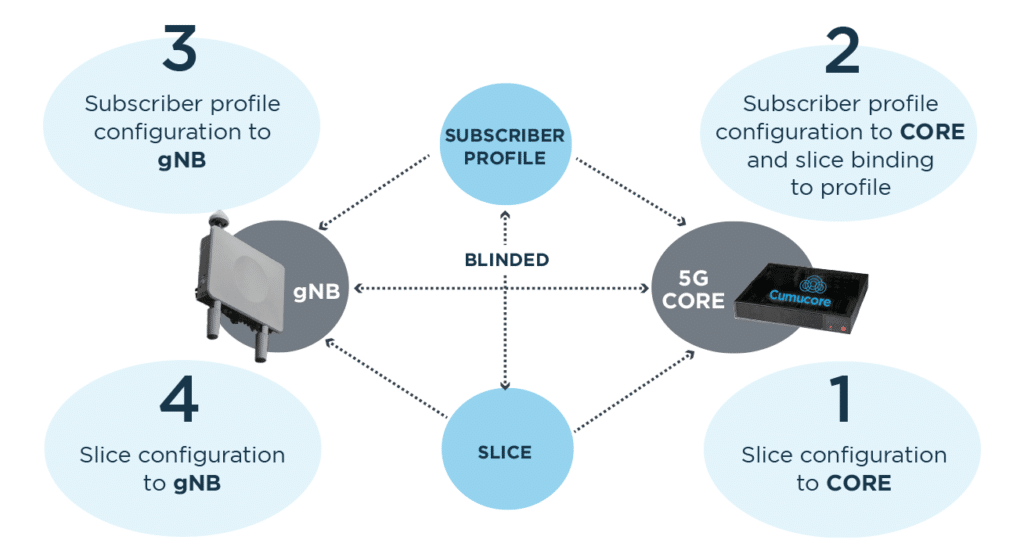
Cumucore’s QoD integrates with APIs to dynamically manage data flows, leveraging:
- Network Exposure Function (NEF): A standardized interface ensuring multivendor compatibility
- Application Function (AF): Vendor-specific logic for additional customization.
This dynamic approach ensures high-quality experiences for applications, balancing resource use and maintaining reliability for diverse scenarios.
QoD’s Role in TSN in Industry 4.0
Industry 4.0’s reliance on real-time communication demands ultra-reliable connectivity. TSN meets these requirements by:
- Enabling synchronized control of robots.
- Supporting real-time process control in automation.
- Facilitating predictive maintenance through sensor data.
- Coordinating autonomous vehicles in warehouses.
- Powering real-time industrial image processing.
Key Requirements:
- Low latency (10-100ms).
- Minimal jitter (<10ms).
- Reliable, uninterrupted packet delivery.
Limitations of Current Connectivity Solutions
- Ethernet Networks:
- Strength: Reliable and TSN-compatible.
- Weakness: Limited mobility and high costs.
- Wi-Fi:
- Strength: Flexibility and ease of deployment.
- Weakness: Random latency due to interference and limited scalability.
- Public 5G Networks:
- Strength: Generational improvement in coverage.
- Weakness: Complexity in achieving TSN’s reliability and security requirements due to Layer 3 IP communication.
Cumucore’s Technology Highlights
5GLAN
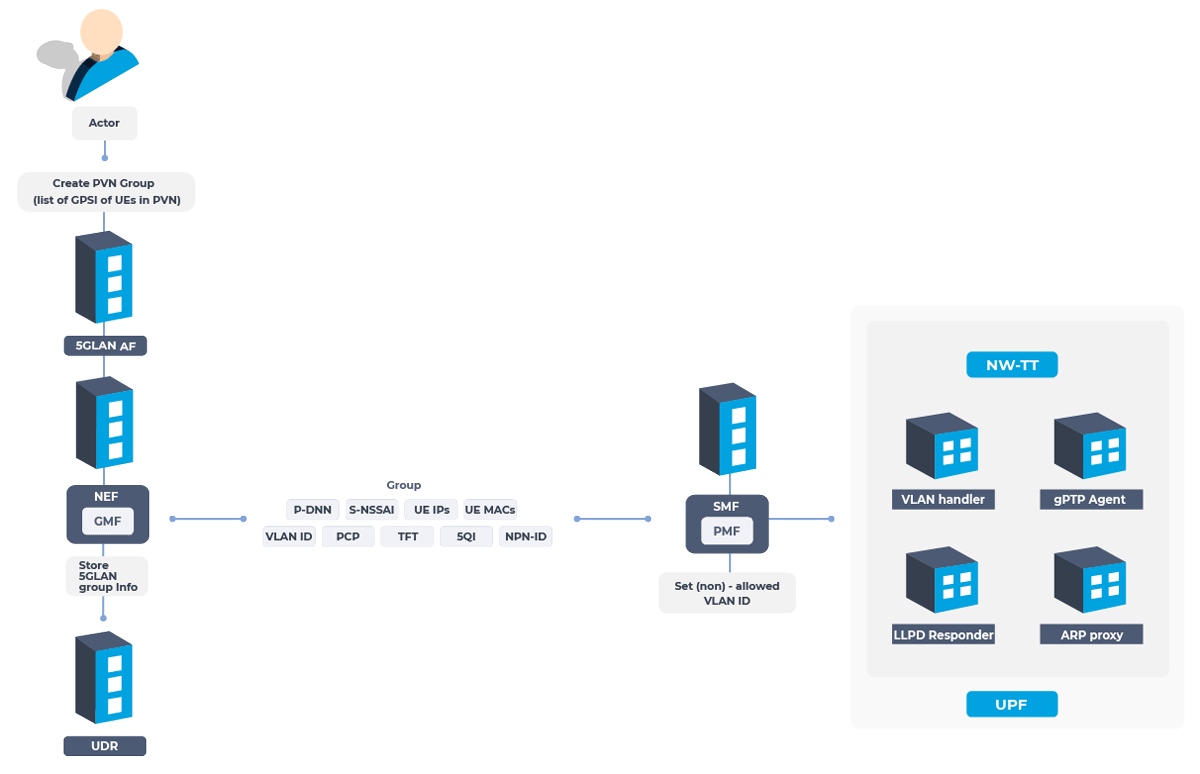
- Dynamically creates isolated, highly reliable communication groups.
- Facilitates seamless non-IP packet routing for private, secure connections.
TSN Implementation
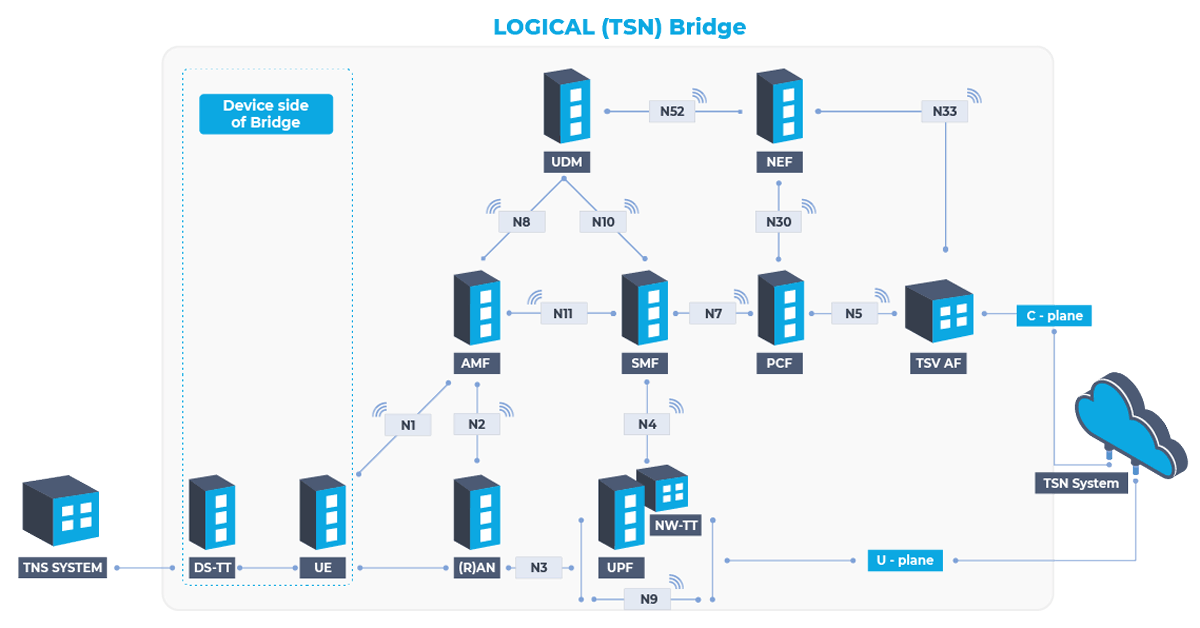
- Centralized time synchronization using TSN Grand Master and DS-TT (TSN Translator).
- Seamless redundancy and preemption for time-critical data.
- Integration with TSN Centralized Network Controller (CNC) for efficient traffic handling.
Cumucore has developed the required TSN modules defined in the 5G standard specifications to deliver accurate time synchronization over 5G networks. In cooperation with Intel and Kontron, Cumucore has deployed 5G core including the NW-TT integrated with the User Plane Function (UPF) and the DS-TT to deliver complete end to end system to deliver time synchronization. Figure below shows the first results of the offset between the Grand Master in the fixed network and the clock in the mobile device of 41us. This is first results, but Cumucore continues developing the 5G core modules to reach the 900ns required for reliable TSN connectivity.
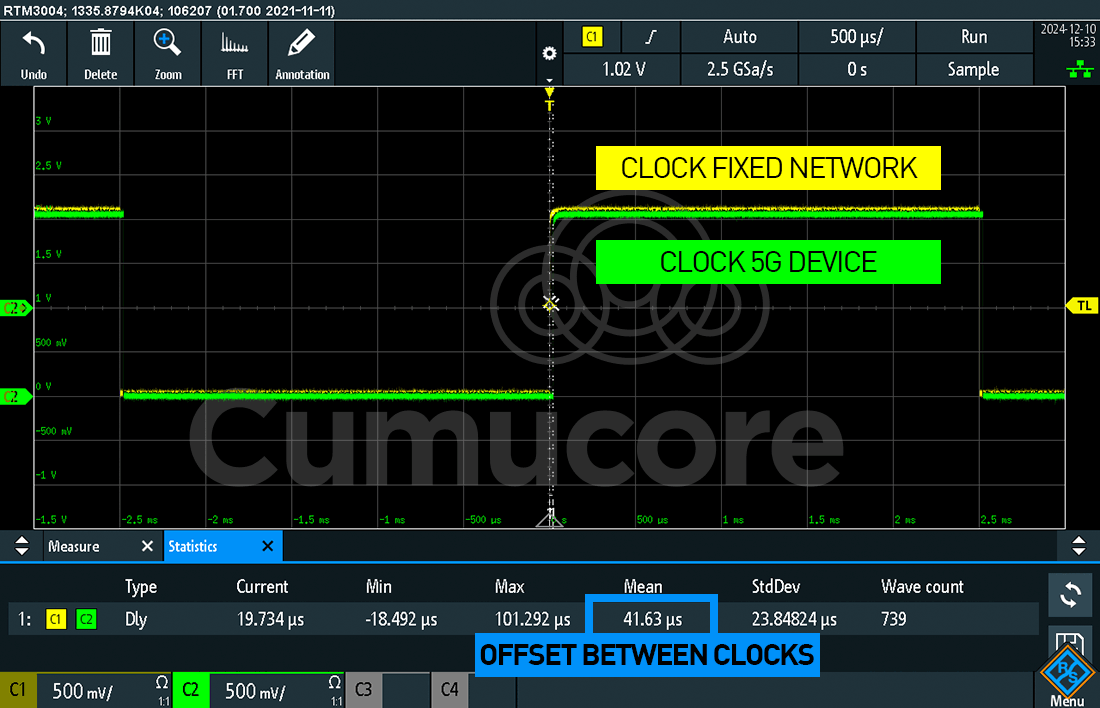
Radio Access Network (RAN) Integration
- Secure IPSec communication.
- Compatibility with Ethernet PDU for reliable, transparent communication.
Conclusion
Cumucore’s innovations in QoD and TSN address the critical challenges of Industry 4.0, offering:
- Seamless integration of mobility and reliability in industrial networks.
- Optimized resource use with dynamic QoS profiles.
- Support for ultra-reliable, low-latency communication essential for automation.
As industries evolve, Cumucore’s technologies lay the foundation for autonomous, AI-integrated systems.
Visit us at MWC25 ( Hall 5 Stand 5J45 ) to explore how we can support your connectivity needs.




